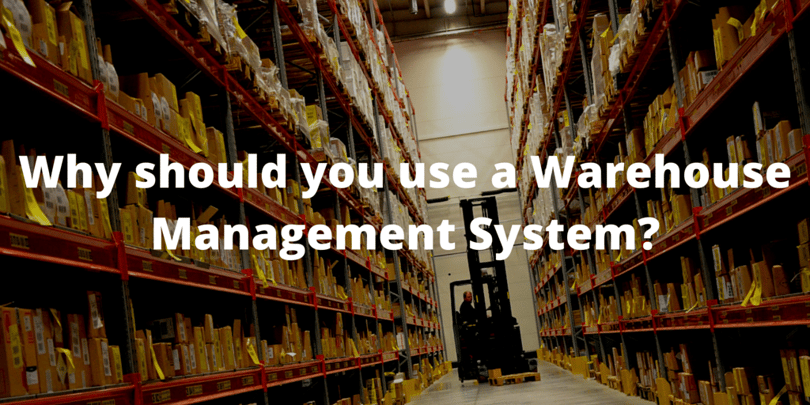
In the current economic context, the idea of buying a WMS system has become increasingly popular among companies that have less complex systems of storage and large incomes, but also for companies with a large number of customers and low volume turnover.
The main function of a warehouse management system is to control the movement and storage of products in the store and transaction-related operations and processes.
The main advantages of a Warehouse Management System:
Reduce inventory by increasing visibility, especially of those difficult to sell through their monitoring in real time, but also through a better management of the warehouse space.
Reducing operating costs. Increases the efficiency of warehouse personnel through dedicated tools for monitoring working time and determine peak periods during the day or week, and thus achieve a more efficient reallocation of resources. By automating the management, the controls, inputs and outputs, the movement of goods in the warehouse, the WMS system eliminates the errors related to "pen and paper" and with the help of barcode and hardware systems (printers, mobile scanners, etc.) it guarantees a maximum efficiency of the warehouse staff.
Reducing transport costs by reducing the delivery errors. With the guidance in real time of the operators, the management system reduces the errors during picking, which results in a decrease in delivery errors and, consequently, also of the transport.
Reducing the time required for the overall inventory by using the inventory cycle. Using such a system for monitoring and real-time inventory management and the use of barcode and mobile terminals significantly reduces inventory time.
Increase customer satisfaction by reducing shipping errors.
Such a system of warehouse management allows control and constant monitoring of the distribution in real time from a single command center, achieving a higher performance of the warehouse, faster decision-making and rapid responses to clients requests.

